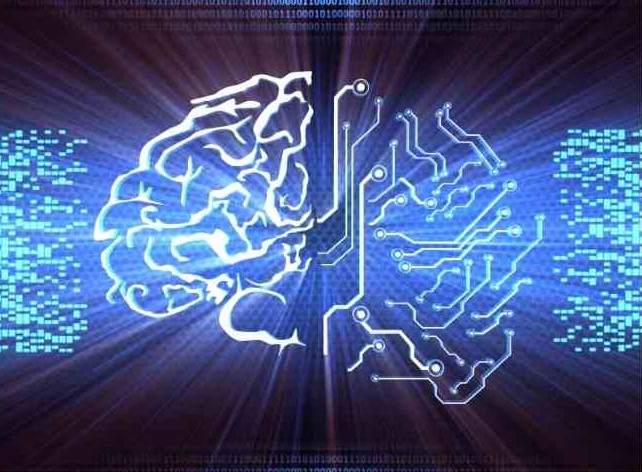Where AI Reaches Its Limits
The hype around artificial intelligence (AI) is huge. While many admire its capabilities, there are also concerns about its reliability and efficiency. One thing is clear: when it comes to creativity and solving complex problems, AI still cannot compete with the human brain.
The human brain is an incredible organ. It consists of about 86 billion neurons that manage perception, memory, learning, emotions, and more. Despite its complexity, the brain operates on just 20 watts of energy—five times less than the human digestive system. In contrast, AI-powered data centers consume enormous amounts of electricity, measured in megawatts or even gigawatts.
Researchers are now looking to the brain for inspiration—not only for how neural networks are structured but also for their energy efficiency. At TU Graz, Robert Legenstein and his team are working on “neuromorphic systems.” These AI models mimic how the brain processes information while using far less power. The goal is to make neural networks up to 10,000 times more efficient.
AI’s Energy Problem
Traditional AI systems rely on processors that perform billions of operations per second. These systems constantly transmit data, even when no changes occur. This is very different from the human brain, where neurons only activate when necessary.
A promising solution is “Spiking Neural Networks” (SNNs). In these systems, artificial neurons communicate only when needed, reducing energy consumption significantly. If built with the right hardware, they could be thousands of times more efficient than today’s AI models.
The Future of AI Hardware
To achieve this, researchers are developing analog computing chips using “memristors.” These components store and process data simultaneously, similar to how synapses in the brain work. Unlike digital systems, they don’t require constant electrical signals, which helps save energy.
Legenstein’s team, in collaboration with the University of California, Santa Barbara, is designing algorithms to train these neuromorphic systems. In a past project with IBM, they successfully trained a robotic arm to learn movements quickly using a mix of analog and digital technology.
Faster Learning AI
One major goal of neuromorphic AI is to enable machines to learn more like humans. People can quickly learn new skills because they already have prior knowledge. Researchers aim to pre-train AI models on a wide range of tasks, allowing them to adapt to new challenges with minimal training.
This approach is especially useful for autonomous robots, which could be quickly “taught” new tasks instead of requiring long training periods. In the future, neuromorphic chips could be used in everyday devices like smartphones and laptops. Legenstein believes this could happen within the next decade.
AI is evolving rapidly, but its energy consumption remains a major challenge. By learning from the brain, researchers hope to develop smarter, more efficient AI systems that bring us closer to true human-like intelligence.







